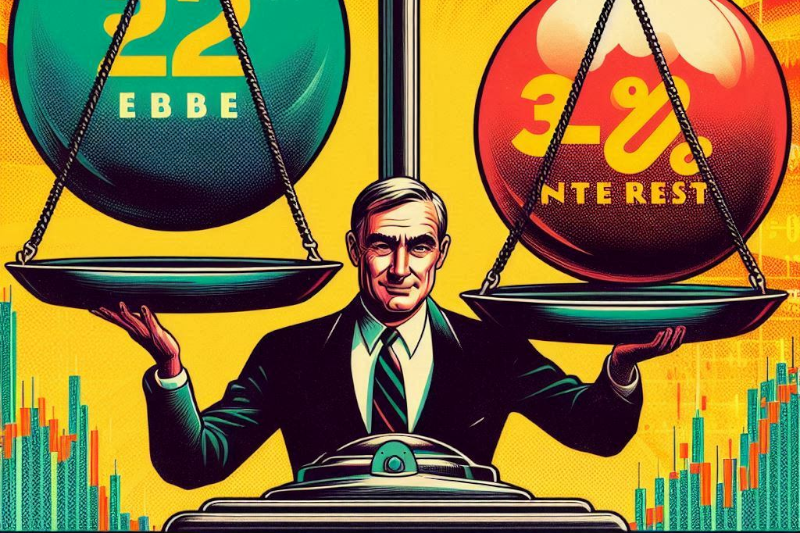Why It’s Ok To Lose 100% (Sometimes)
If you’ve ever traded with me before then you may remember that I don’t use stop losses. Ever.
You see, I never want to give the market an opportunity to pull me out of a trade that I still think is viable… and with the ability for options to swing in price more violently than the underlying stock or simply get a very wide spread during volatility, it’s easy to get taken out of a position that would have gone on to behave just like you’d hoped.
So what’s the alternative? It’s to use the entire value of your option as the stop loss.
I won’t sugarcoat this. What I mean here is the willingness to lose 100% on an options trade (again, followers of mine will recognize that I am quite comfortable doing this).
But why do I do things this way?
Well, as I said, the key thing here is that I don’t want to be out of a trade before my options contract and prediction have time to come to fruition.
Here’s an example of this if you traded Apple just this week:
You see that deep dip there on Monday? That dip would have triggered just about any stop loss folks had set on their Apple options positions and pulled them out of the trade with a significant loss… Meanwhile, Apple ended up cruising to what could have been a significant win.
That swing in outcomes is difficult to even overstate because, over the course of time, a few flips from, say, a 60% loss into a 100% win has a massive impact on your returns.
Now, let me give you a very practical example from my own trading:
Today, we exited out of a couple positions in one of my portfolios (my Profit Pairs strategy).
We paired one asset we thought was going to go down with another asset we thought was going to go up in the same sector.
The trade didn’t turn out quite how we hoped… But we still made out with a positive gain across the pair.
We were bullish on MSFT and bearish on QCOM.
Our MSFT option ended up at a 106% gain while our QCOM leg of the trade yielded a 99% loss at our exit today.
But here’s the deal:
In terms of the actual movement of the stocks we were actually more wrong on QCOM than we were right on MSFT… Yet we still managed to make money.
In other words, if you had bought shares in MSFT and shorted an equal value in shares of QCOM which is how you’d play a Profit Pair on the underlying stock (which I don’t recommend!) you would have been in a catastrophically different place.
In fact, that version of the trade would have lost money overall… A lot of money.
But since the QCOM option can “only lose 100%” it sets us up with the ability to generate a net win even when we’re not precisely correct on the trade. It capped our losses to what we spent on the option.
Meanwhile, MSFT’s minor move upward was significantly inflated by trading options on the stock. The stock moved nicely (7.5%) and our options went up 106%.
In this case, we got out just a bit better than breakeven which I am thrilled about considering how far QCOM moved against us…
But in some scenarios a much bigger move occurs that pushes both stocks a lot further from our entry. In those cases, the winning side might be up 150%, 200% or more…
But the losing side? It can still “only” be down 100%. And that’s the power of options when you’re willing to use the value as your stop.
— Nate Tucci
P.S. That’s exactly how I use options in the Automated Option program except it’s even more powerful due to the trade structure.
We’ll be triggering a new opportunity tomorrow, so be sure to join Automated Options before the next alert goes out! (We’re 10 for 11 so far and even closed out a bonus trade winner today!)



